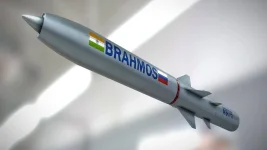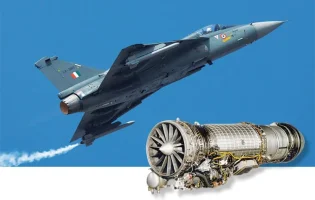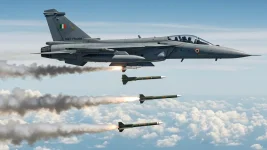- Views: 2K
- Replies: 3

BrahMos Aerospace has embarked on the development of the BrahMos-LR (Long Range), a new variant of the BrahMos supersonic cruise missile. This enhanced version will boast a remarkable 800km range while maintaining its impressive Mach 3 speed.
This development comes on the heels of the successful BrahMos-ER (Extended Range) variant, which already pushed the boundaries with a 450km range, exceeding the previous limitations imposed by the Missile Technology Control Regime (MTCR).
The BrahMos-LR signifies a significant step in overcoming the restrictions of the MTCR. Earlier versions of the BrahMos, such as the Block-III, were limited to a 290km range due to these international agreements. However, BrahMos Aerospace has ingeniously bypassed these limitations by modifying software and expanding the internal fuel capacity, thereby significantly enhancing the missile's operational reach.
The extended range of 800km is achieved by increasing the missile's length to accommodate a larger fuel tank for its ramjet engine, allowing the BrahMos-LR to sustain its supersonic speed across greater distances. This advancement in missile technology provides the Indian military with an unmatched long-range precision strike capability, significantly altering the regional security landscape.
Furthermore, BrahMos Aerospace is prioritizing backward compatibility. The BrahMos-ER is being designed to be compatible with existing launchers, ensuring seamless integration with the Indian Army's current missile systems. This strategic approach not only reduces costs but also facilitates rapid deployment.
The Indian Army is anticipated to prioritize the BrahMos-ER for ground-based operations, capitalizing on its extended range and precision for deep strike missions. Similarly, the Indian Air Force is likely to adopt the air-launched version of the BrahMos-ER for strategic operations. Its extended range and high speed make it a formidable weapon for penetrating deep into enemy territory and evading sophisticated air defense systems.
The development of the BrahMos-LR marks a significant advancement in India's missile capabilities, providing a strategic advantage and bolstering its defense posture. The combination of extended range, supersonic speed, and precision strike capabilities solidifies the BrahMos-LR as a game-changer in modern warfare.




